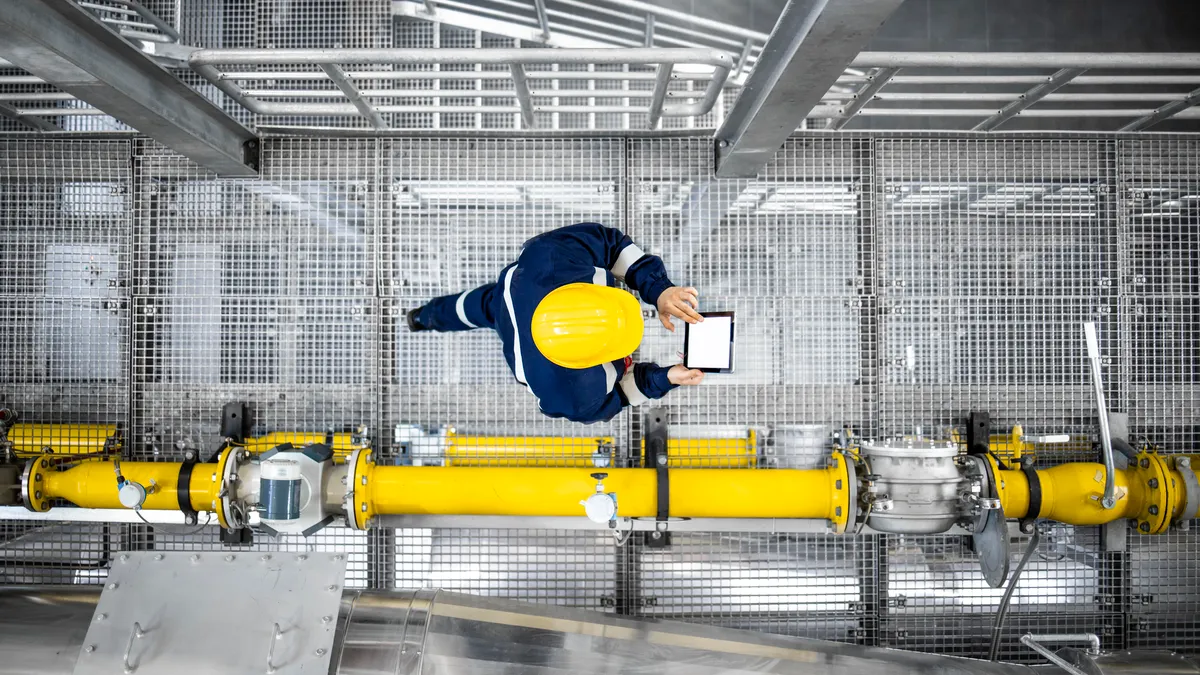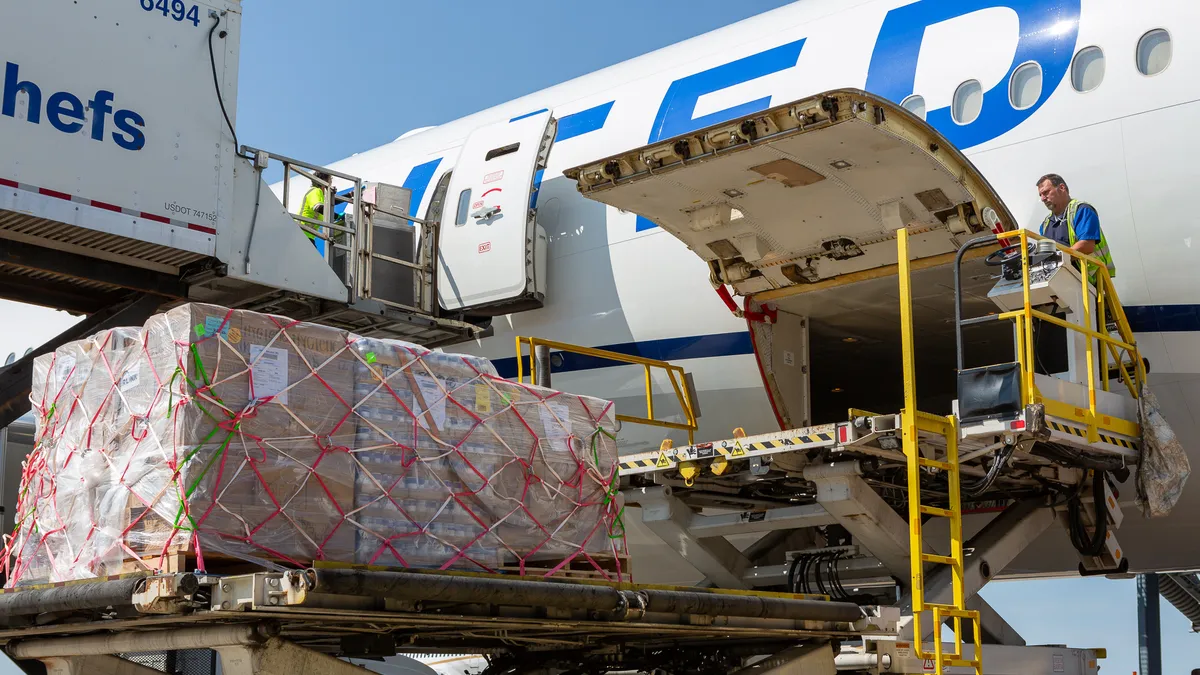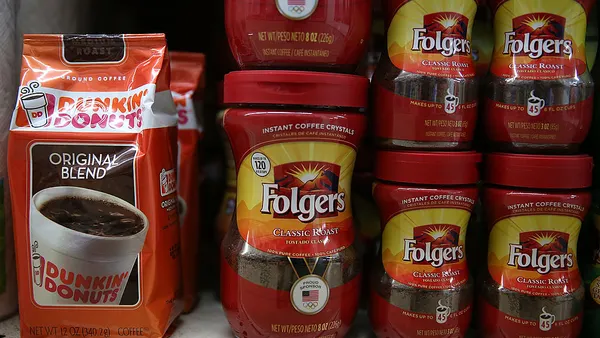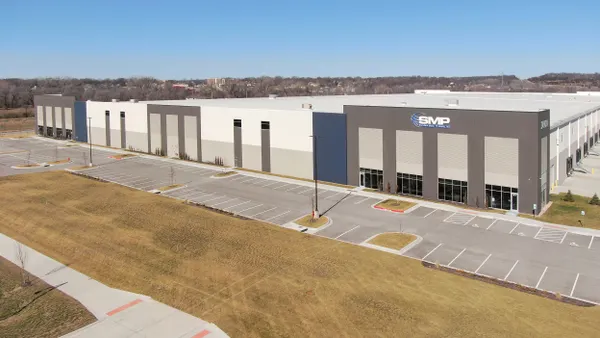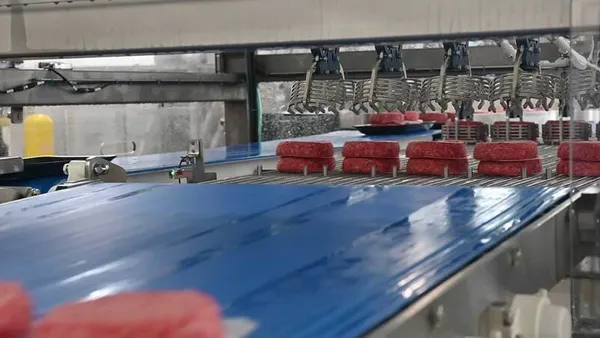After nearly a year and a half of sluggish demand and production, the manufacturing industry returned to growth mode in March.
The Institute for Supply Management’s March Purchasing Managers’ Index hit 50.3% in March, crossing into economic growth territory and up 2.5 percentage points from February.
The industry’s growth was buoyed by a rise in new orders and production – new orders were up 2.2 percentage points from February to 51.4%, while production jumped 6.2 percentage points up to 54.6%.
“We are highly likely in our next growth cycle,” Timothy Fiore, chair of ISM’s Manufacturing Business Survey Committee, said during a media call Monday.
The S&P Global U.S. Manufacturing Purchasing Managers’ Index registered at 51.9 in March, down slightly from February but still above the 50.0 threshold for economic growth. Companies remain confident that output will increase throughout the year thanks to improving economic conditions, according to S&P Global.
“A key development in recent months has been the broadening-out of the upturn from services to manufacturing, with reviving demand for goods driving the fastest increase in factory production since May 2022,” S&P Global Market Intelligence Chief Business Economist Chris Williamson said in a statement.
While a modest increase from February, job creation quickened pace at the most pronounced rate since July 2023, according to S&P Global.
ISM’s report on labor wasn’t quite as rosy, with manufacturers again reporting the use of layoffs as a primary tactic to bring down labor costs. That is likely to change in the coming months however, with Fiore noting he expects to see employment cross into growth mode as early as May.
While manufacturers continue to run down their current stocks rather than invest in new supply, they are becoming more willing to put money into production-related costs.
“Rising capex spending has likewise buoyed orders for machinery and equipment, in a further sign of firms gaining confidence in the outlook,” Williamson said.
Inflation, however, remains a concern, with supply costs up sharply from February, according to S&P Global. Oil, raw materials and transportation rates were all up.
The collapse of the Francis Scott Key bridge and subsequent closing of the Port of Baltimore is unlikely to have a material long-term impact on growth, Fiore said. He expects the channel to reopen in the next “week or two,” allowing the port to reopen.
Fiore added that he doesn’t think changing interest rates are likely to bring down manufacturing’s expected moderate growth in the coming months.
“Regardless of what happens when interest rates come down, they’re only going to provide us a tailwind, especially on the housing side and maybe the automotive side,” the economist said. “I don’t see this as a really strong growth, but I think we’re now in a normal economic cycle.



